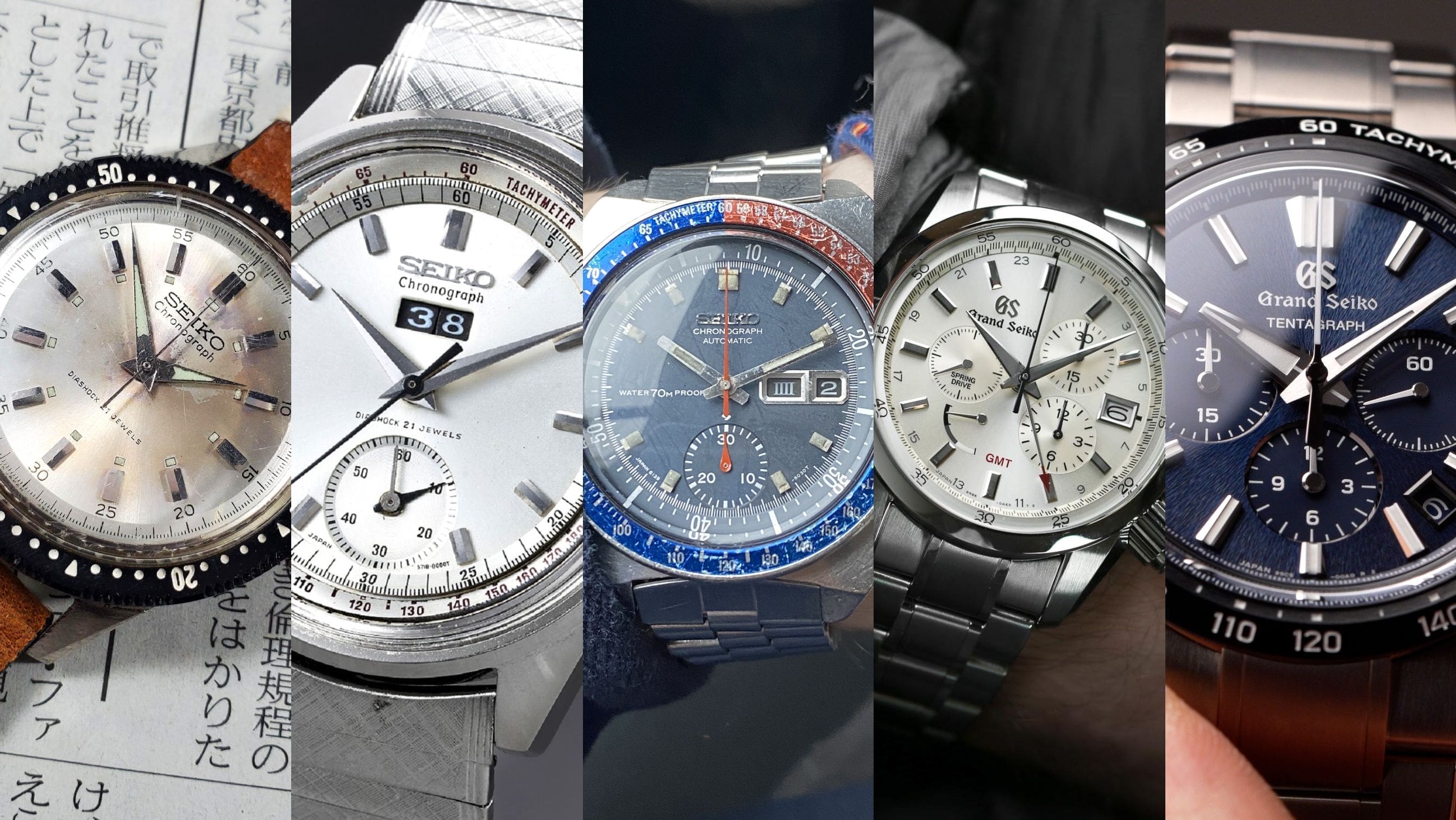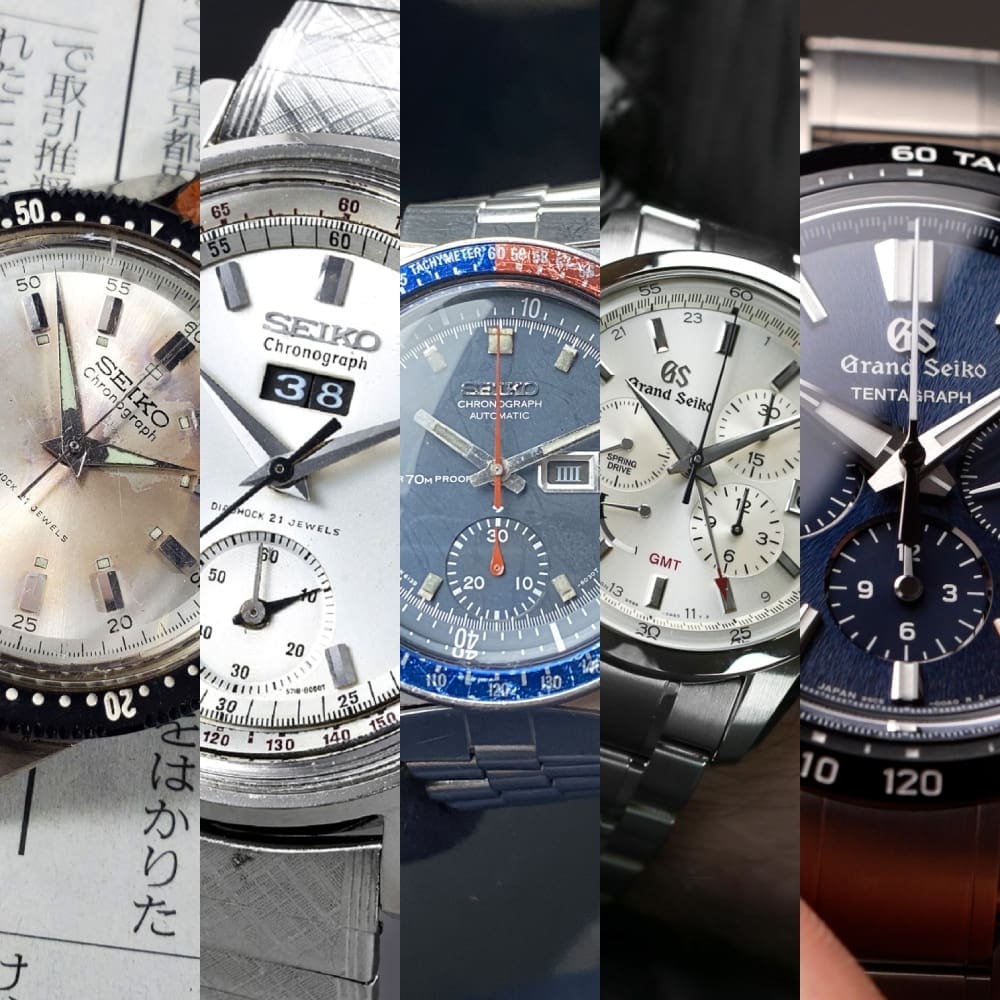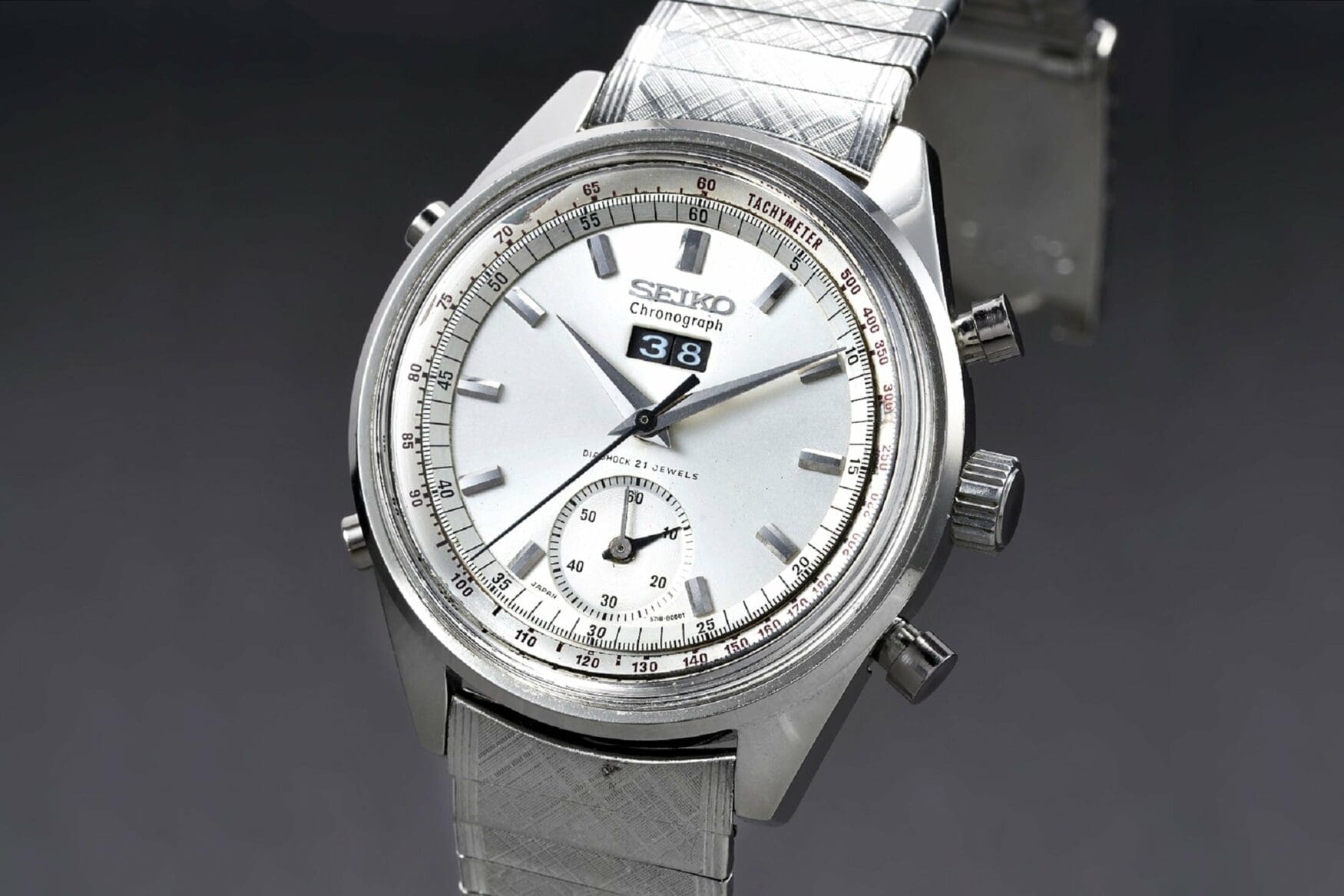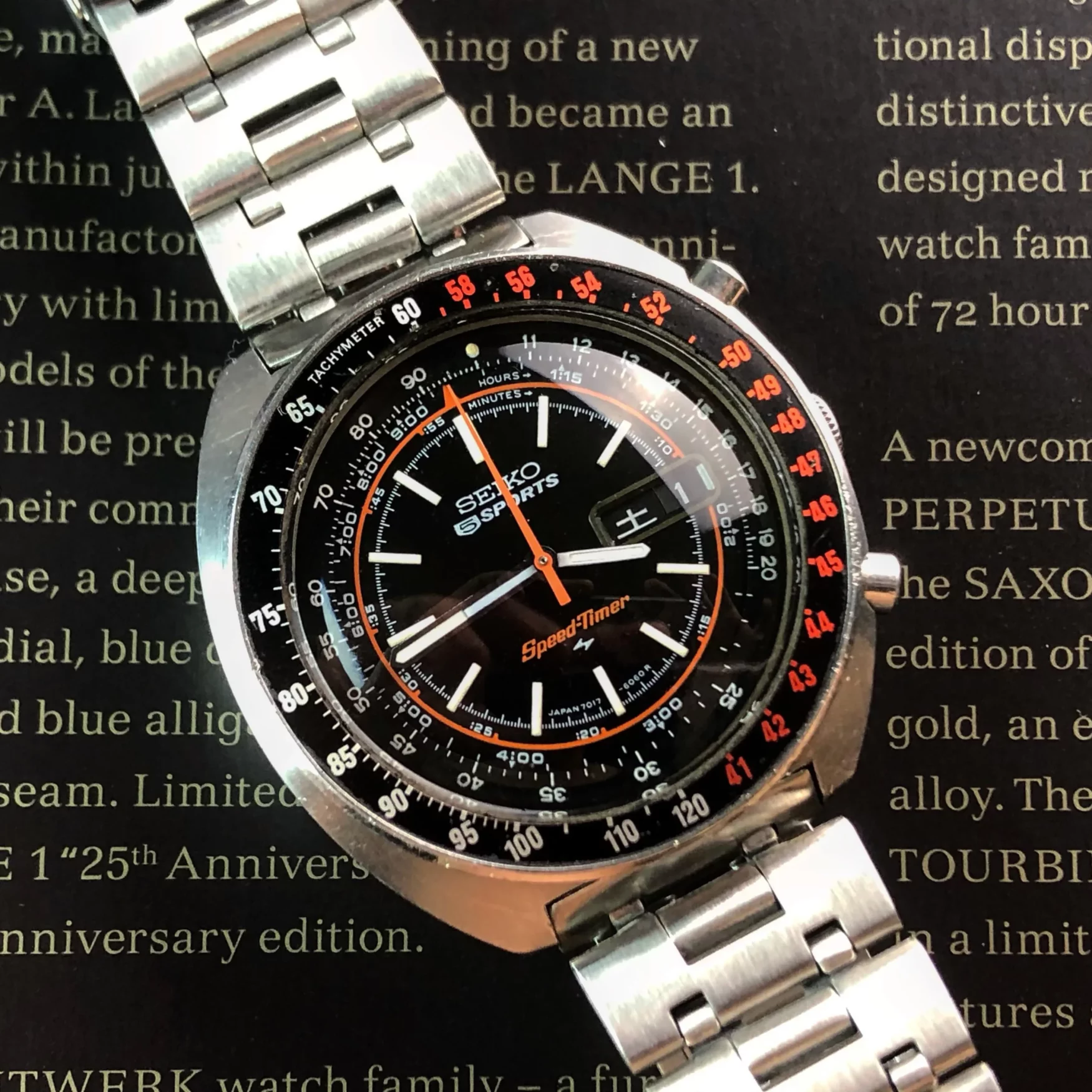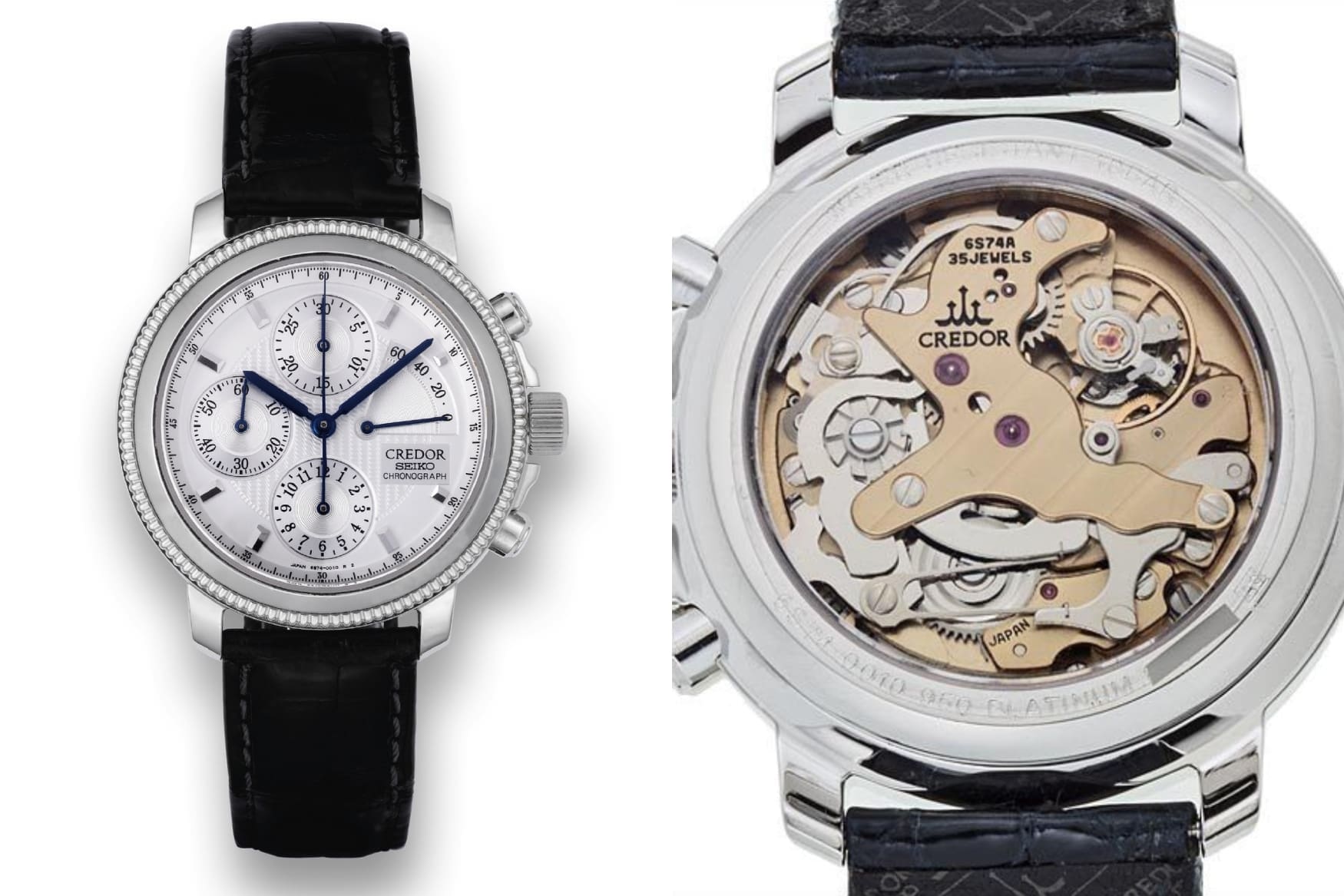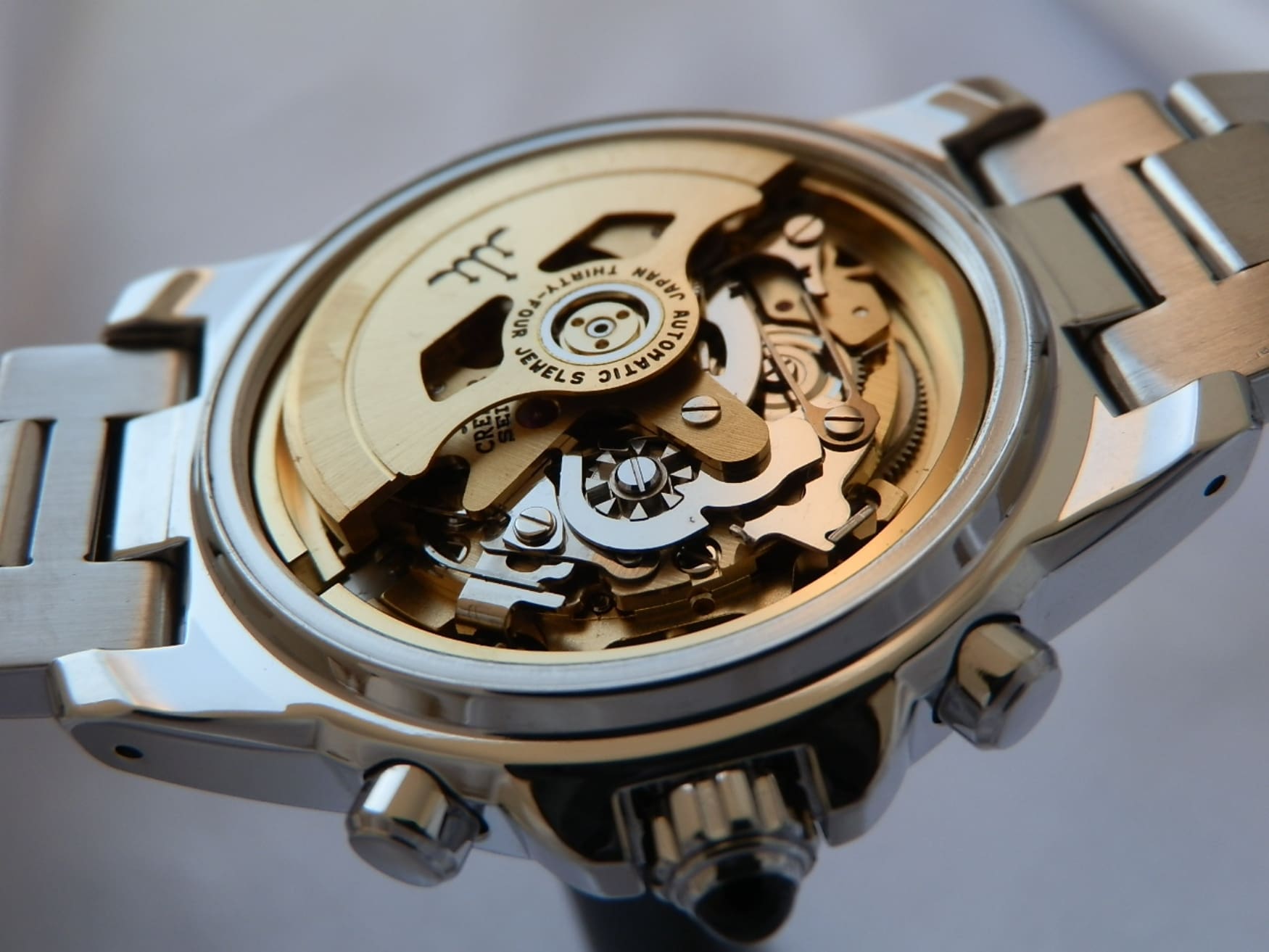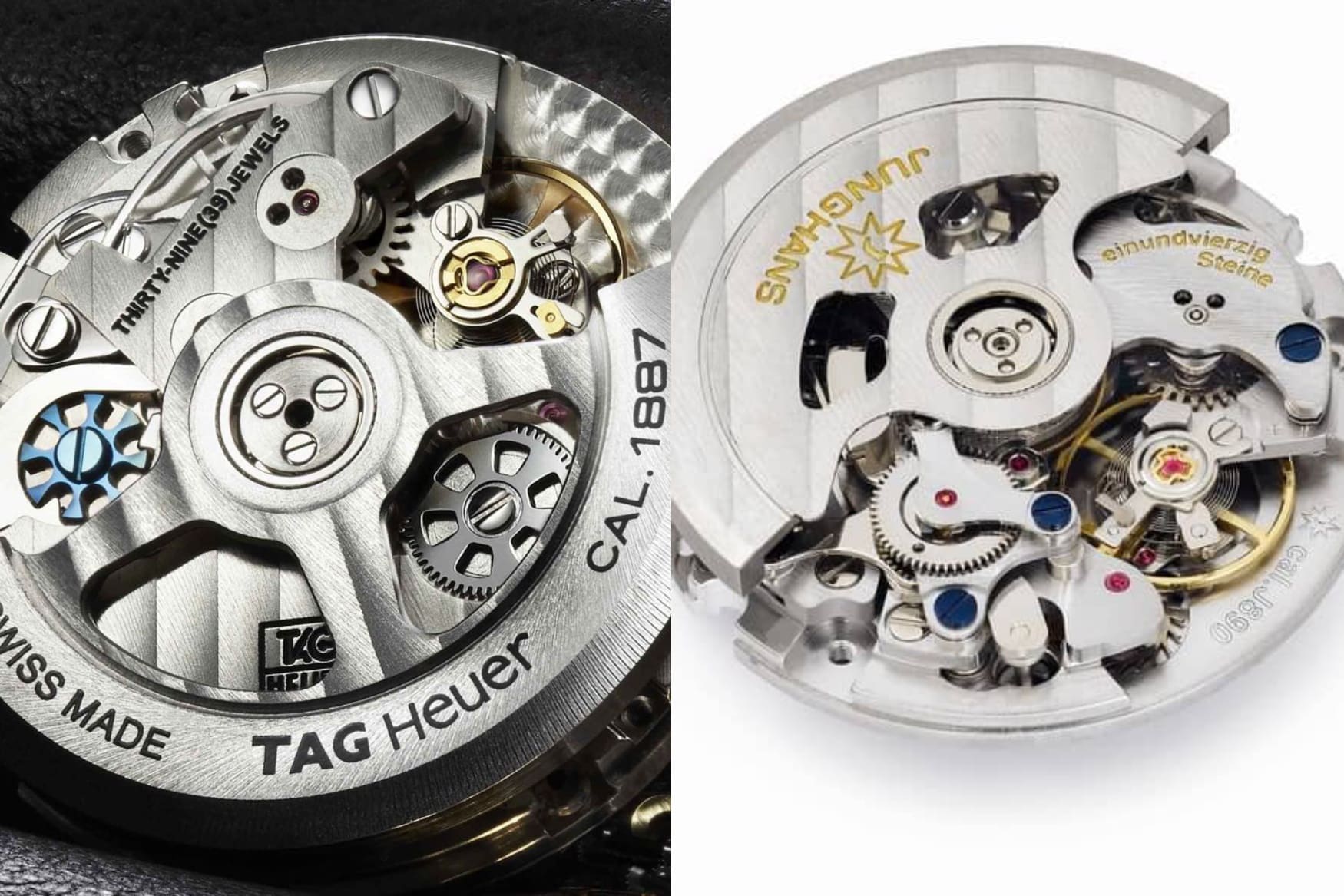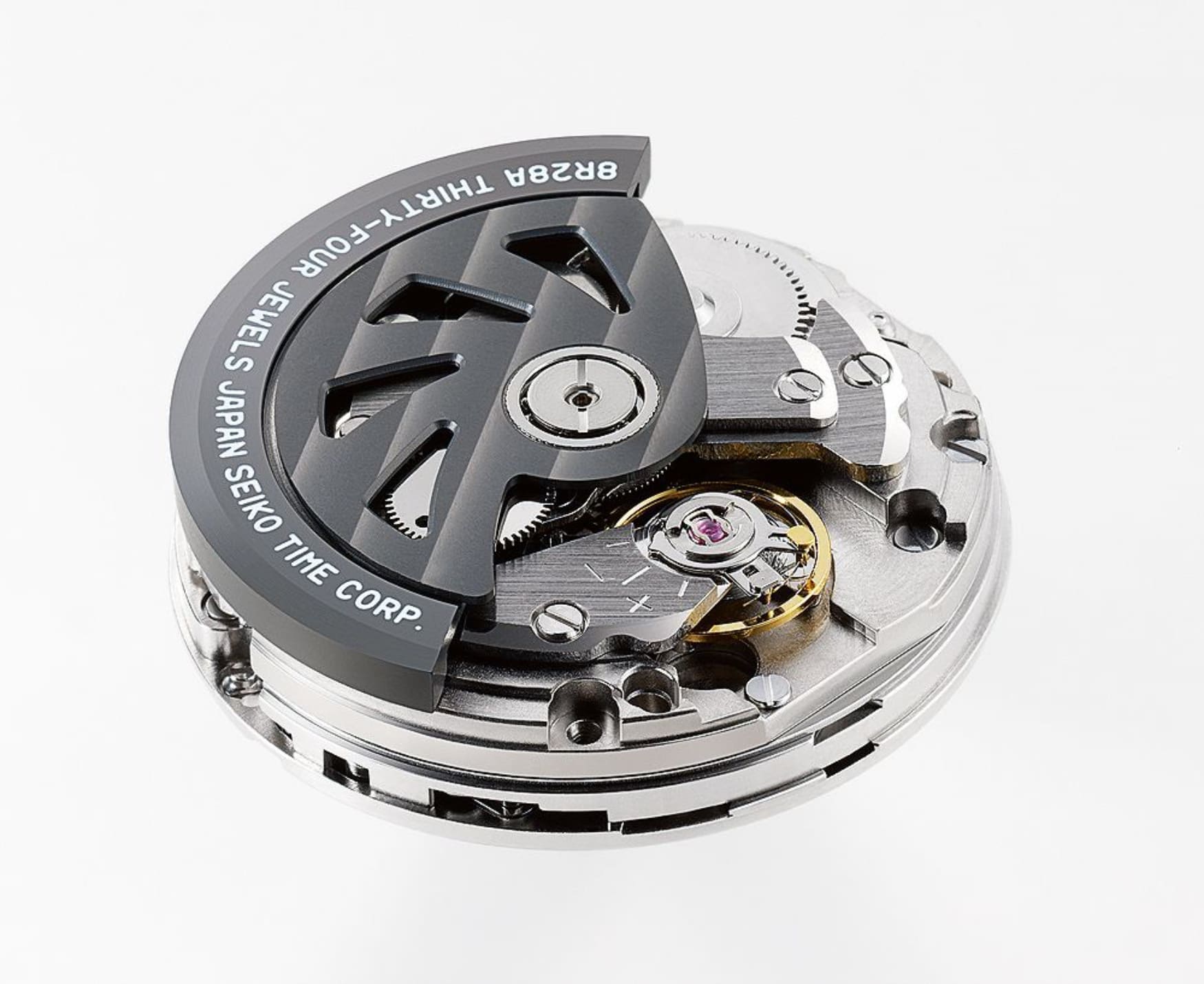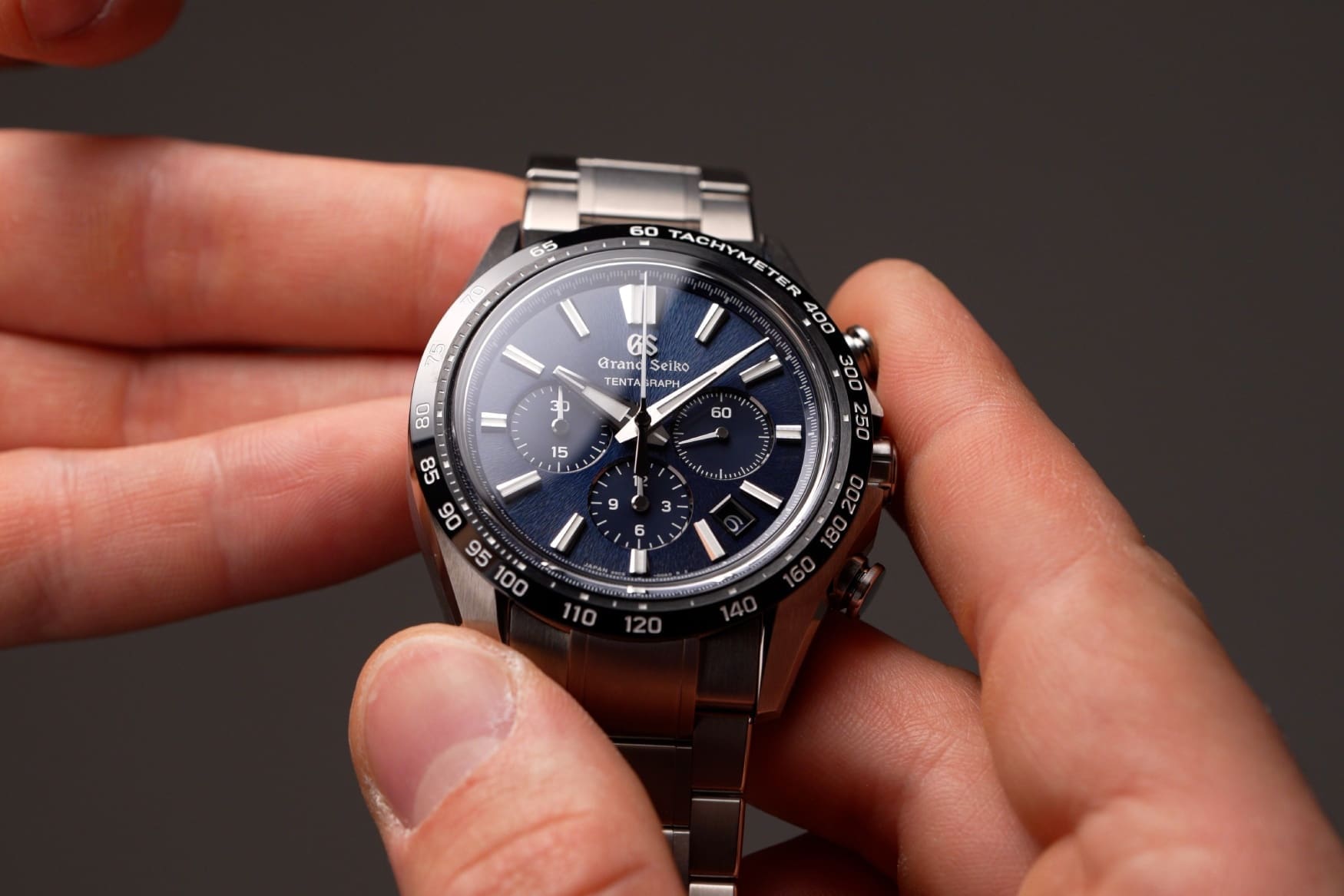The storied history of the Seiko mechanical chronograph
Borna BošnjakOccupying a unique spot in the world of watchmaking, Seiko’s offerings provide an incredible span of diversity – from entry-level quartz pieces to haute horlogerie avant-garde wonders. Sprinkle in a bucketful of horological, historical significance, and one must admit that there’s no brand quite like Seiko. Among their more notable contributions has to be the chronograph – just think back to the the iconic Giugiaro-designed Ripley from Aliens, their front-runner in the race for the first automatic chronograph, or the imposing Grand Seiko and Spring Drive chronographs of more recent times. Our focus falls on the latter two, as we explore the story of the Seiko mechanical chronograph.
Where it all began
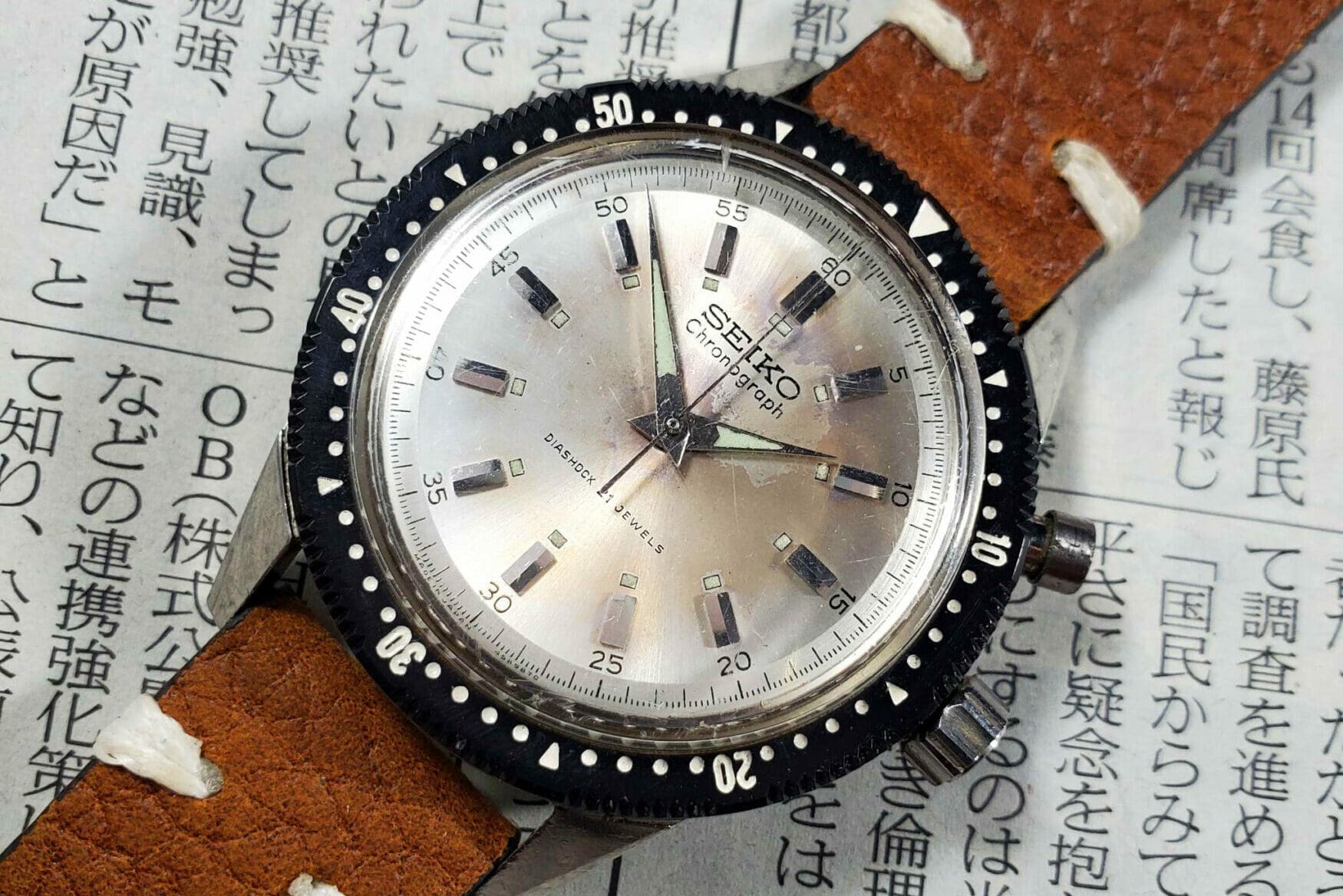
It’s 1964, and Tokyo is slated to hold the first-ever Olympic Games in Asia, after Japan’s unscrupulous military activity led to the 1940 Games being moved to Helsinki and subsequently cancelled due to a small conflict later named World War II. The impressive feats of the many athletes attending were in need of accurate timing, and who better to step onto the scene that Japan’s premiere watchmaker. The result was this – a three-handed monopusher chronograph Calibre 5719. Even though it was their first, it was impressively highly strung, beating at 39,600 vph for up to 38 hours with the chronograph running. The horizontal clutch and column wheel squeezed into the 12-ligne movement, remaining impressively slim at only 6.1mm, making for a 38mm x 11.2mm case. You’ll quickly notice that the 5719 doesn’t look particularly like a chronograph, as it lacks any sub-dials. To time elapsed minutes, Seiko equipped it with a rotating bezel which would be aligned with the minute hand at the beginning of the timing interval.
While it didn’t enjoy the fanfare of “first”, the reference 5718 Counter Chrono is considered a grail among many vintage collectors. Released for the same occasion as its simpler cousin, the 5719, this four-pusher piece was only available for purchase in the Olympic village, making it as rare as hen’s teeth. Hailing from the Suwa Seikosha factory, its most distinctive element is the large number aperture above the pinion, meant to be used for counting points, as its nickname would suggest. The feature advances automatically at midnight, however, so you can use it as a grand date should you wish, and adjusting is quite simple. The two pushers at 8 o’clock and 10 o’clock advance the digits by ten and one, respectively. It was produced in two colourways – a silver and grey – with an estimated run of around 100 in total.
The race for self-winding
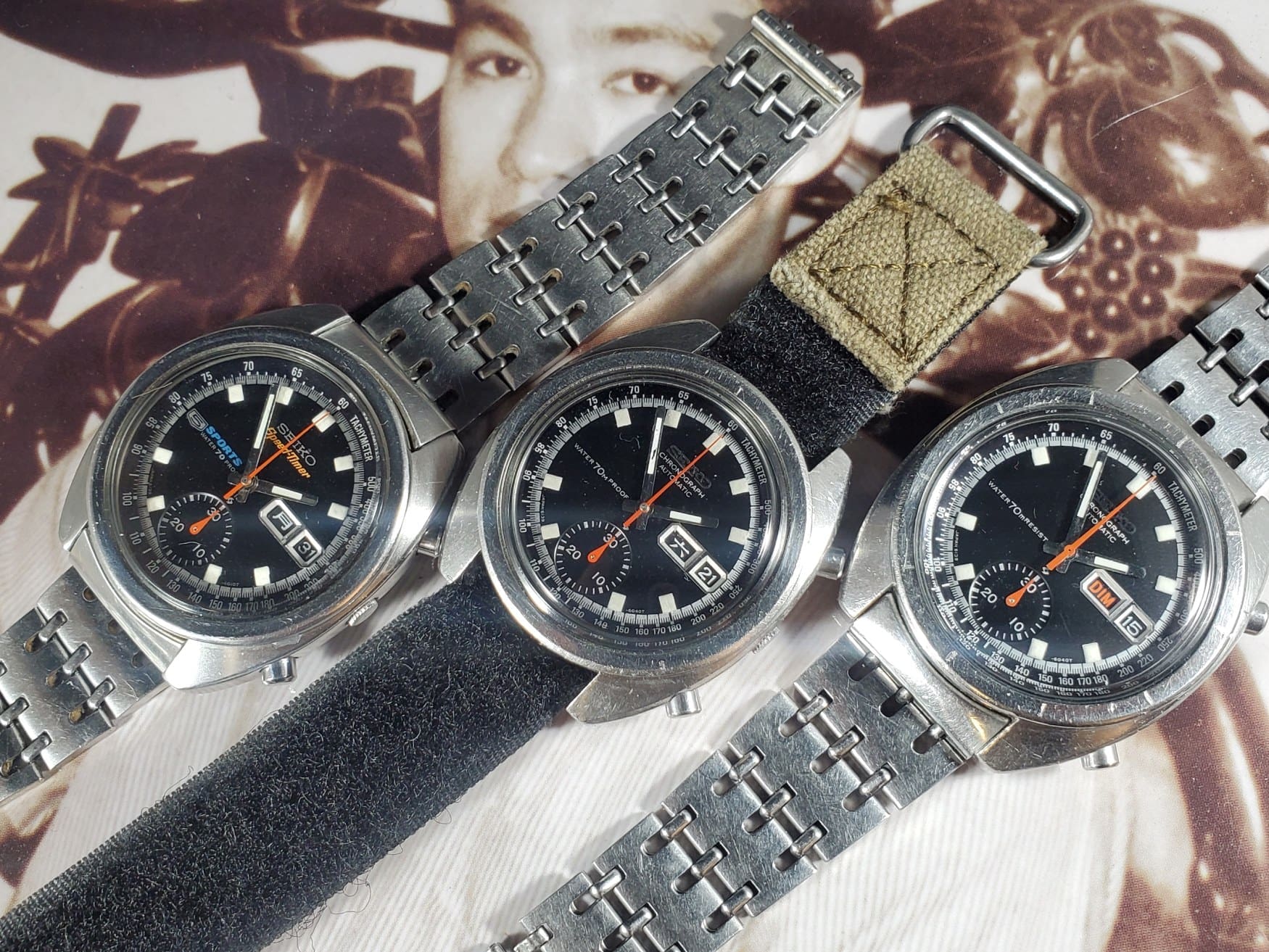
1969 was a hugely important year for watchmaking. The pursuit of a commercially available automatic chronograph – contested by Seiko, Zenith and a conglomerate of Heuer, Breitling, Hamilton-Buren, and Dubois-Depraz – came to a close. Zenith launched the El Primero calibre in January of 1969, and is widely accepted to be the very first such movement. The Chronomatic from Heuer and co. followed in March, with Seiko seemingly last to the party, only starting to sell their calibre 6139-equipped pieces in 1970. Since then, however, examples have popped up with dial numbers going as far back as November of 1968, which would put them right up there with Zenith’s offering – DC Vintage Watches has done an incredible in-depth job covering these early Seiko pieces in much more detail than I can go into here.

The Magic Lever-equipped calibre sported a column wheel and vertical clutch with a day and date complication, running for up to 38 hours with the chronograph engaged. With a 27.4mm diameter and a height of 6.5mm, it was a surprisingly compact calibre considering the amount of features built in.
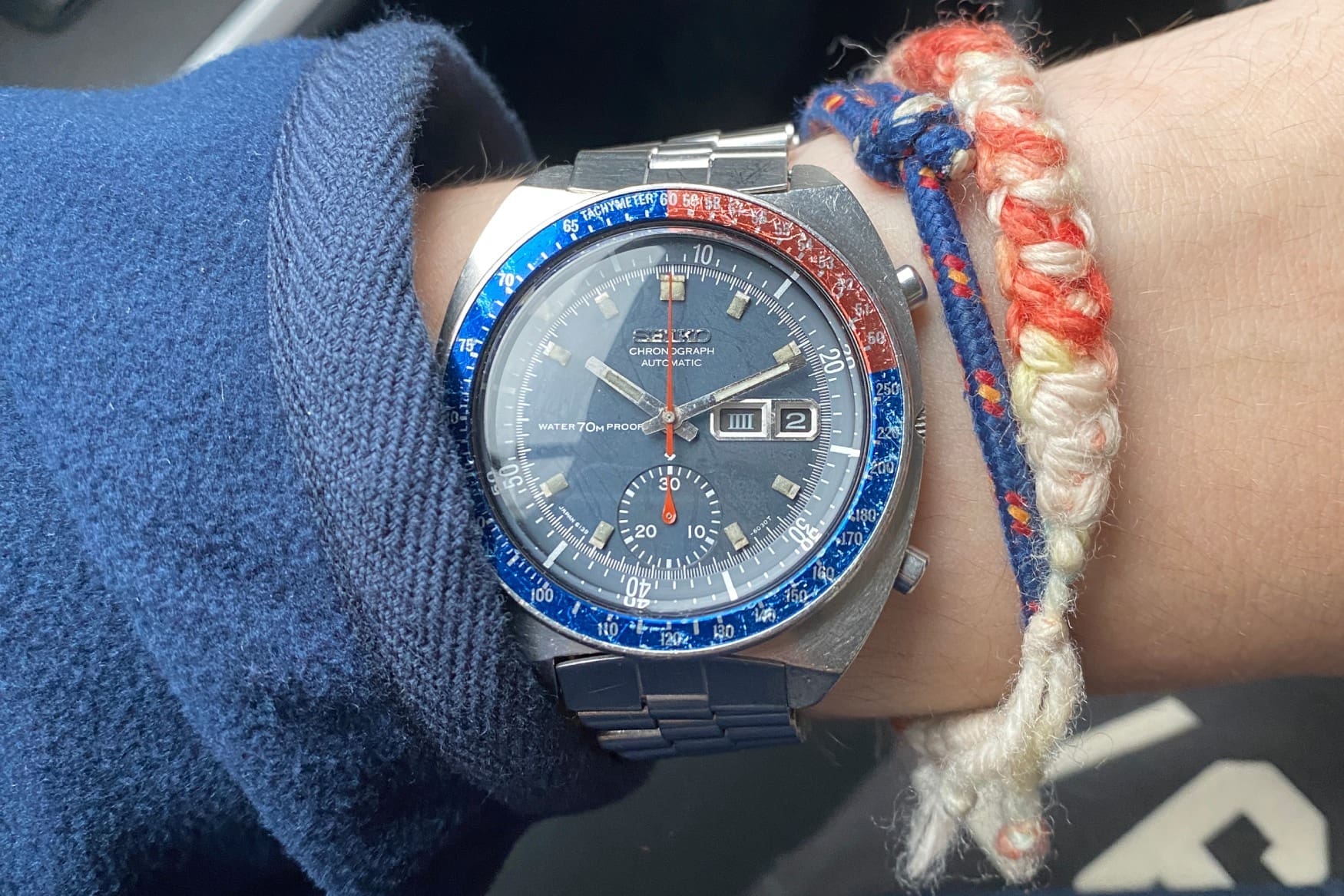
Even though it’s now more than 50 years old, my Cevert’s chrono pushers engage buttery smooth. The same can’t be said for the strange day-date operation, advanced by either a half or full press of the crown. Hey-ho. The 6139 was a game-changer for Seiko. It spawned many notable dial and case variants that are well-loved by Seiko collectors – just think of names like Pogue, Cevert and Bruce Lee. Line expansion followed shortly with the 6138 in 1970, powering models like the Panda, UFO and Bullhead, now with two registers for elapsed hours and minutes.
With all of this said, this wasn’t even Seiko’s main focus at a time – that honour went to a little something called instigating the Quartz Crisis, courtesy of the 1969 Astron.
Refining designs
Never ones to rest on their Laurels (pun fully intended), Seiko immediately went about further refining their automatic chronograph design, setting a world record in the process. While the pioneering 613x line of chronographs came from the Suwa factory, the 7017, and 701x line of calibres released in 1970 hailed from Daini. The two factories butted heads in the past, notably with Suwa’s Grand Seiko and Daini’s King Seiko lines. The improvements resulted in better reliability due to fewer moving parts, though omitted a minute totaliser in pursuit of slimness.
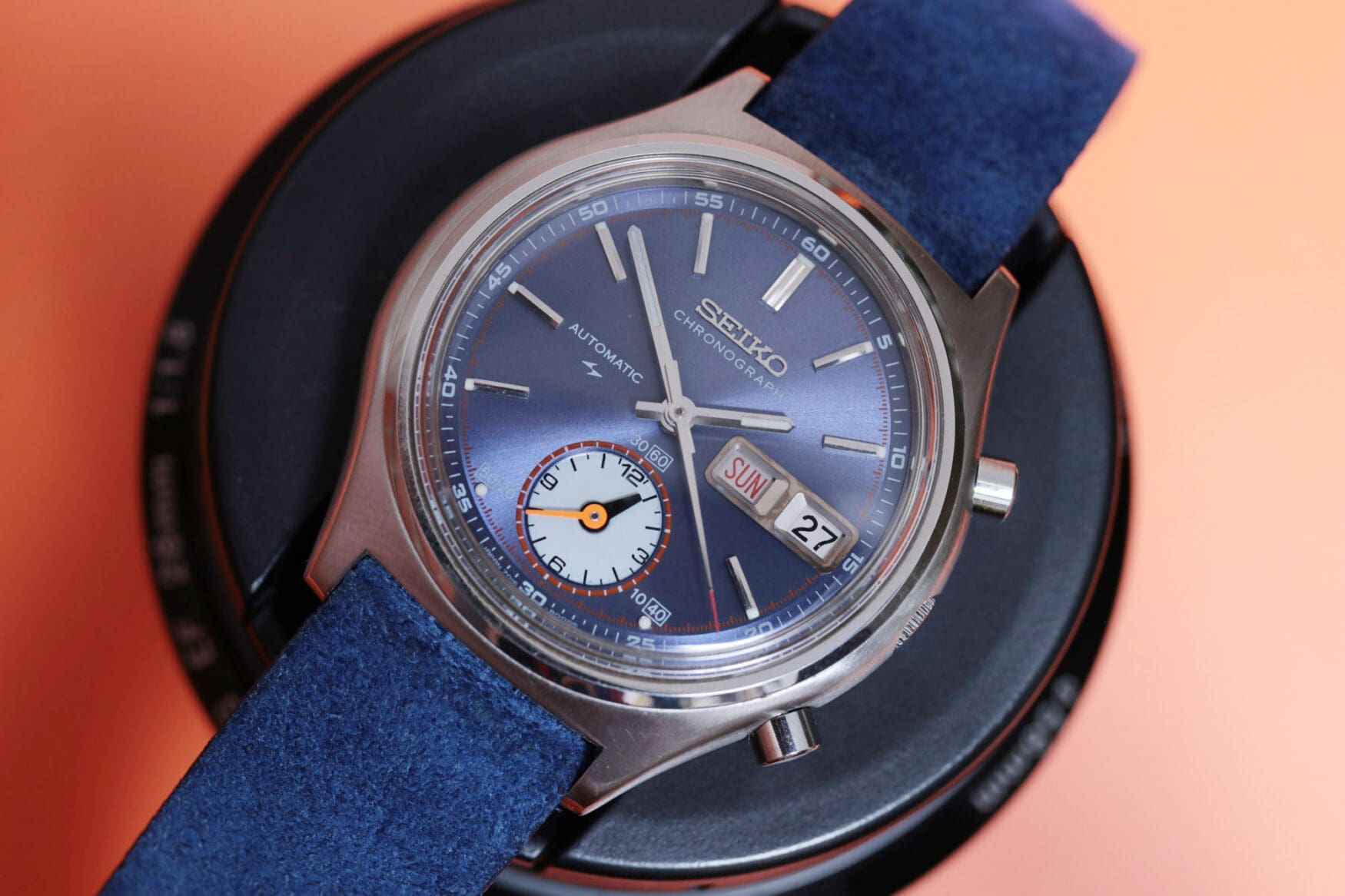
The 701x line housed other movements aiming to be as thin as possible, eventually adding back the 30-minute totaliser, though the best of the series was the calibre 7016. It featured a creeping minute hand totaliser stacked on top of an hour totaliser, slowly moving along rather than jumping instantaneously like it did on the 613x calibres. The other two potentially more useful features were the flyback chrono hand and quickset date wheel, operated by pulling the crown out to the first position.
This marked the pinnacle of Seiko’s mechanical chronographs for many years, though not because the brand was incapable of innovation. Rather unfortunately, Seiko stopped producing mechanical chronographs in 1977, before completely stopping mechanical watch production in 1980.
A look towards the high-end
Nearly two decades passed before the Seiko group braved into creating another mechanical chronograph. Having seen how important the idea of luxury is when selling objectively outdated technology like a mechanical timepiece, the 6S line of integrated chronograph movements was introduced in 1998 to power a series of Credor watches. The hand-wound 6S74 was first, before a number of automatic models followed in sporty cases that are all a far cry from what we know Credor as nowadays.
Seiko continued to use a column wheel, but moved away from a vertical clutch, opting instead for horizontal coupling, used across many variants with and without dates, skeletonisation etc, though the most interesting one came in a Seiko-branded watch, rather than a Credor.
View this post on Instagram
Cased in titanium and with the most complex of the 6S series of movements, the Seiko Flight Master SBDS003 is a true collector’s piece. The busy, sporty dial is unassuming, as are the screw-down pushers and crown, neither hinting at the Credor-level movement beating in the back.
The other, and certainly more well-known story, is the customer version of this movement that Seiko developed under the TC78 model name. Junghans was one of these customers, using Seiko’s design for their cal. J890 movements, though by far the more popular story is TAG Heuer’s disastrous 1887 launch. Buying the design and technical drawings, TAG Heuer did their best to present it as an in-house movement – a story for another time, perhaps.
Modern offerings and Spring Drive
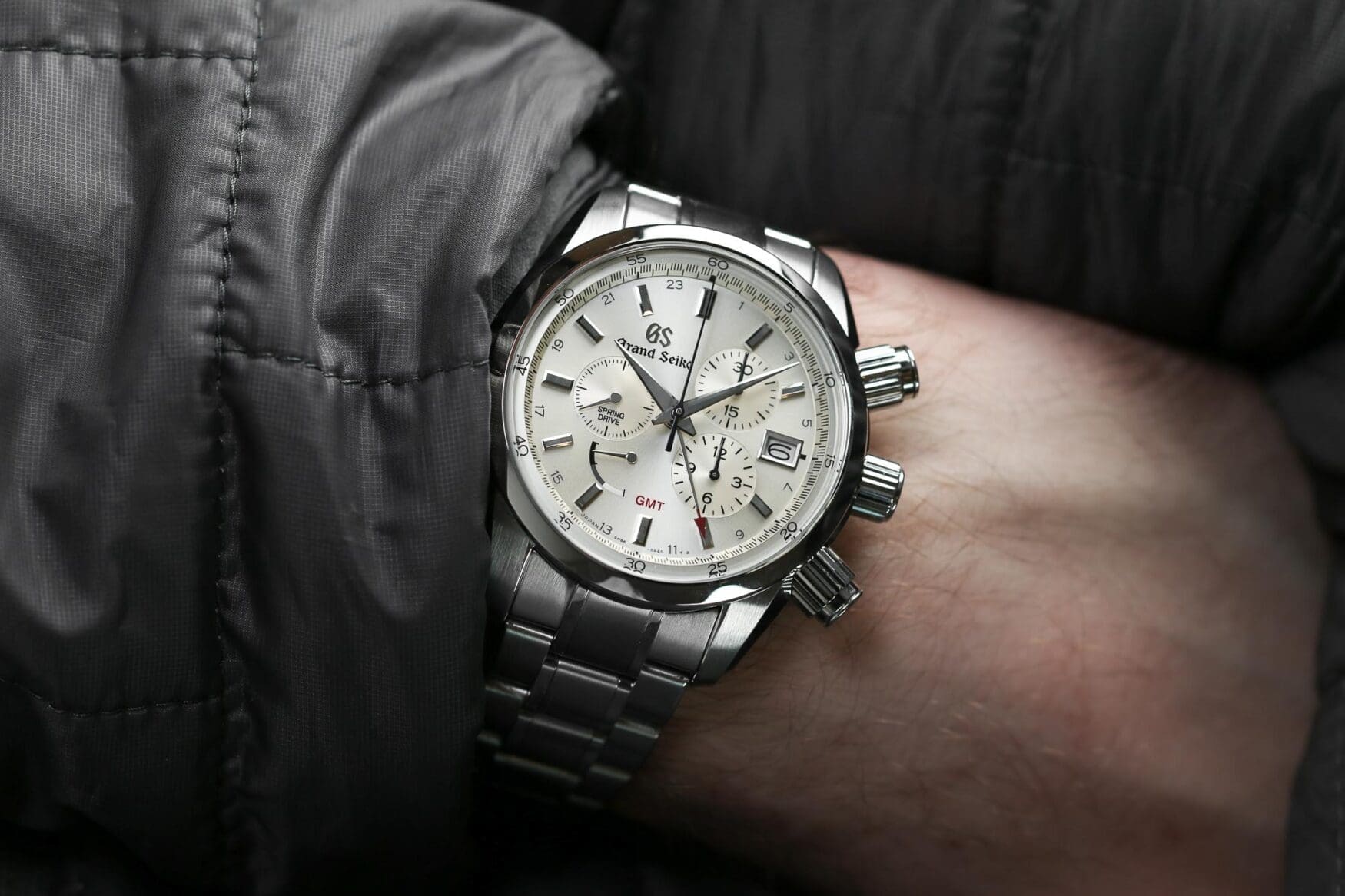
Coincidentally, Seiko launched another line of movements in 1998 – the 9S series that has been Grand Seiko’s main line of mechanical, non-Spring Drive movements. Until the release of the Tentagraph very recently, Grand Seiko didn’t have a mechanical chronograph movement, instead relying on the 9R series that debuted a chronograph in 2007 with the 9R86 and SBGC201.
While the Grand Seiko boffins worked away on the high-end 9R series, the 6S series that was slated to become the mechanical beating heart of Grand Seiko chronographs fell into obscurity, and eventually replaced by the 8R series. Offered alongside each other for a short time, the greater affordability of the 8R series, which was developed from the 7S line of movements powering the brand’s entry-level pieces like the Seiko 5, and its modularity along with a vertical clutch and column wheel construction proved better of a proposition. Found in Seiko’s Ananta Diver and Brightz chronograph models,
The 8R movements had plenty of success powering watches other than Seikos, being sold to third parties as the NE88 and as an alternative to the ETA/Valjoux 7750 and its many derivatives.
Where we are now
With the recent release of the Tentagraph, Grand Seiko has finally implemented a mechanical movement into a GS chronograph, something that collectors have been expecting since the co-release of the 6S and 9S series of movements. The connection between Grand Seiko and Seiko here is closer than what may appear on the surface, as the brand have made the most of the modularity of the 8R series, using its chronograph works with the stunning 9SA5 calibre which garnered plaudits from many, including independent watchmaker Reuben Schoots. The potential of the 8R series hasn’t been exercised as excessively by Seiko as one would think, as only a handful of automatic chronograph models currently occupy their catalogue in the likes of the Speedtimer SRQ045. Seeing as the high-beat 9SC5 is the best we’ve seen from Seiko/Grand Seiko since the 6S series, I’m curious to see what’s next – more modularity, or perhaps a fully integrated GS chronograph movement?




